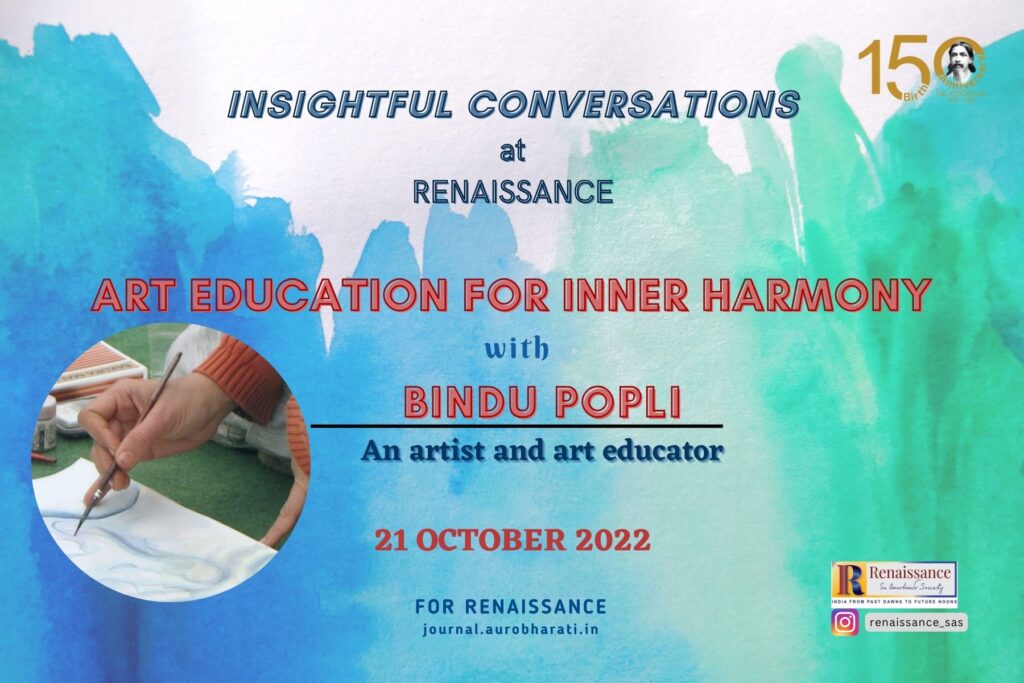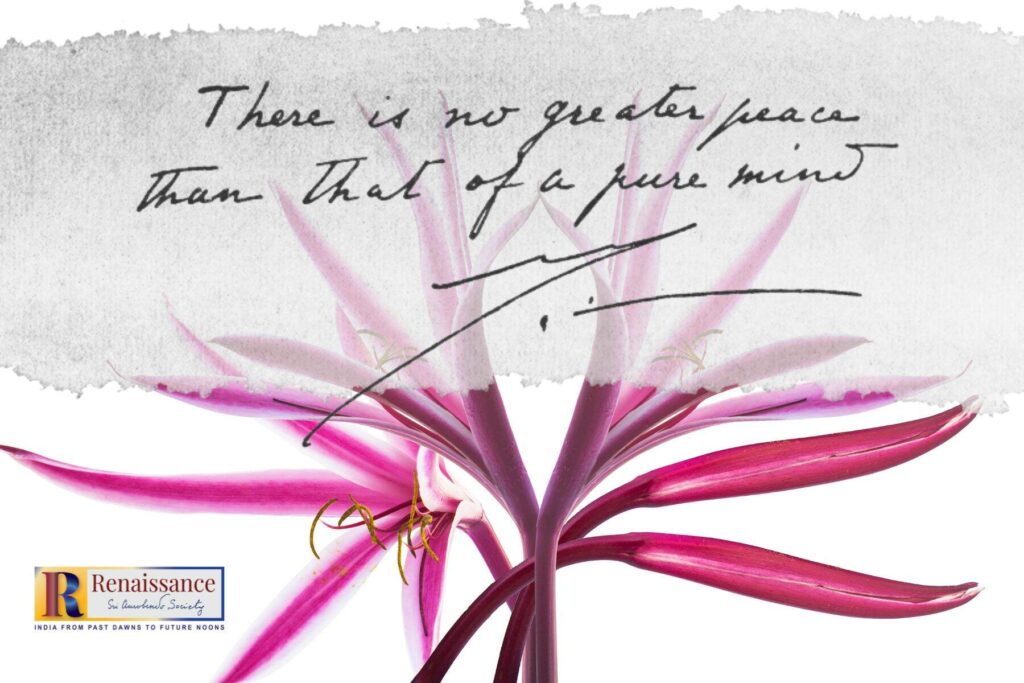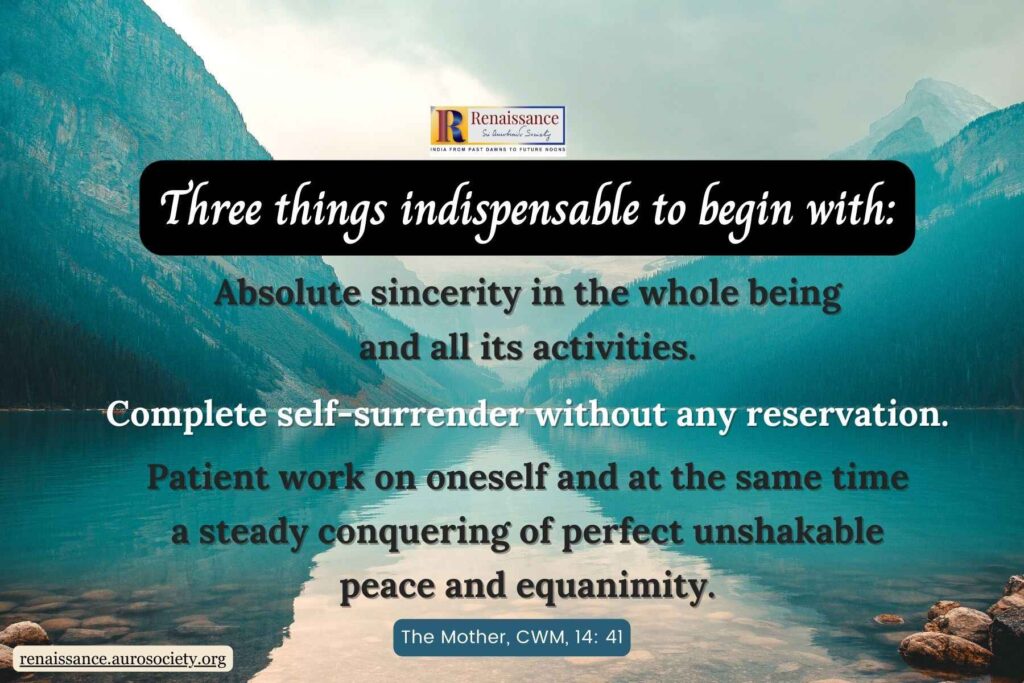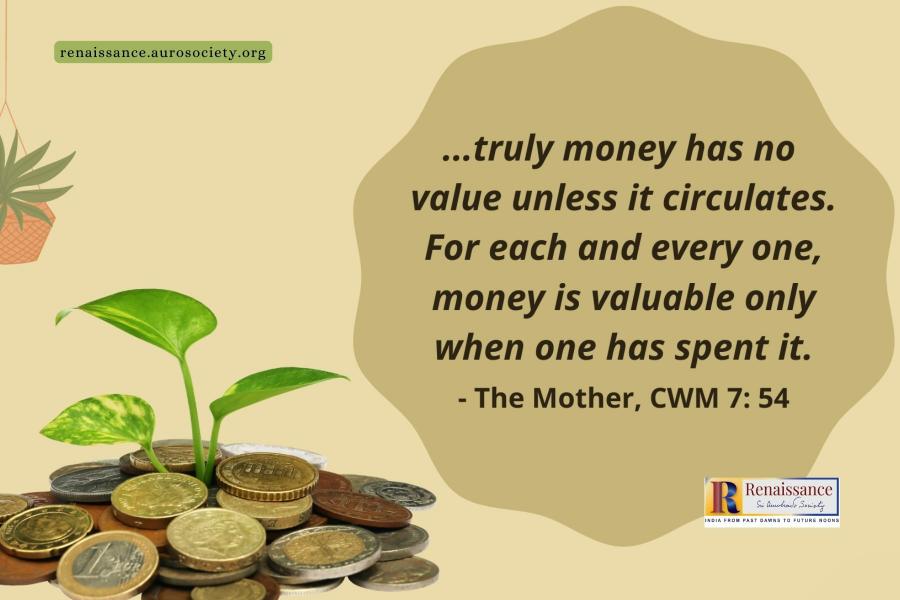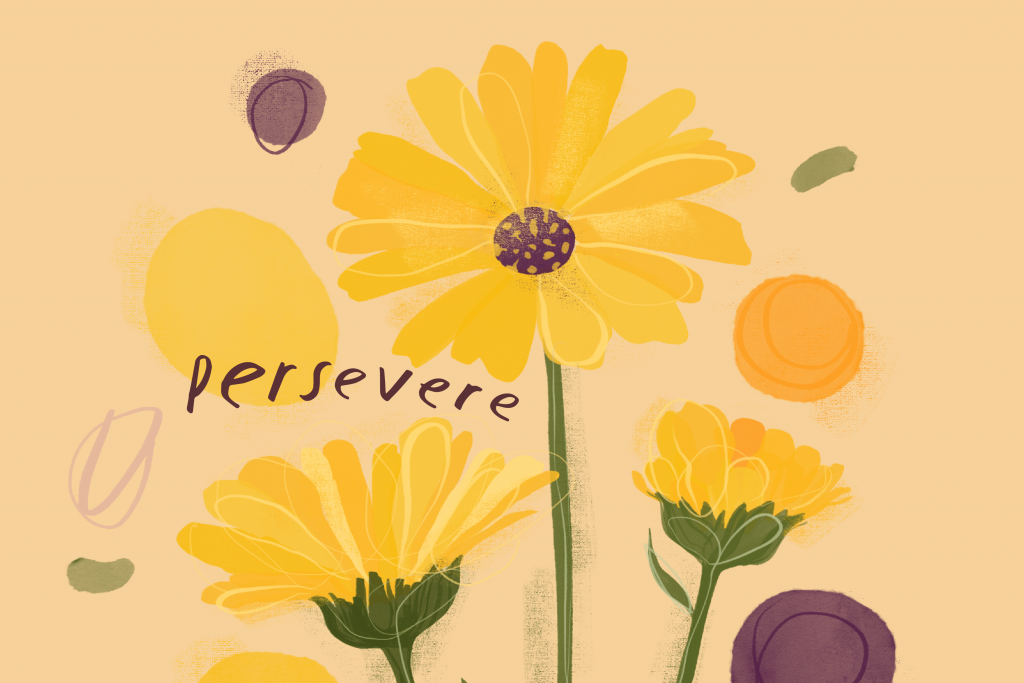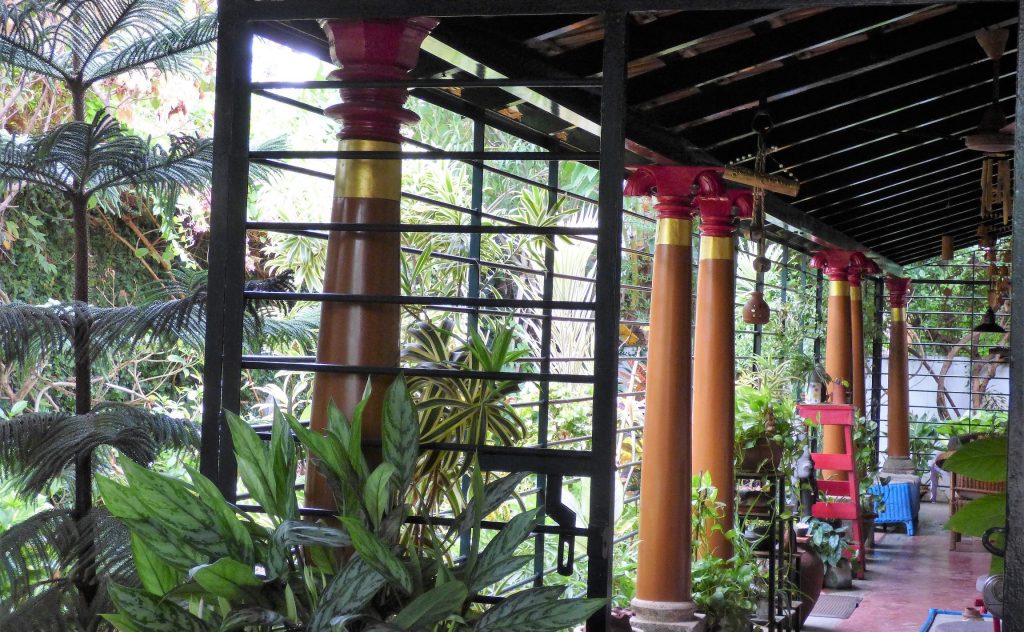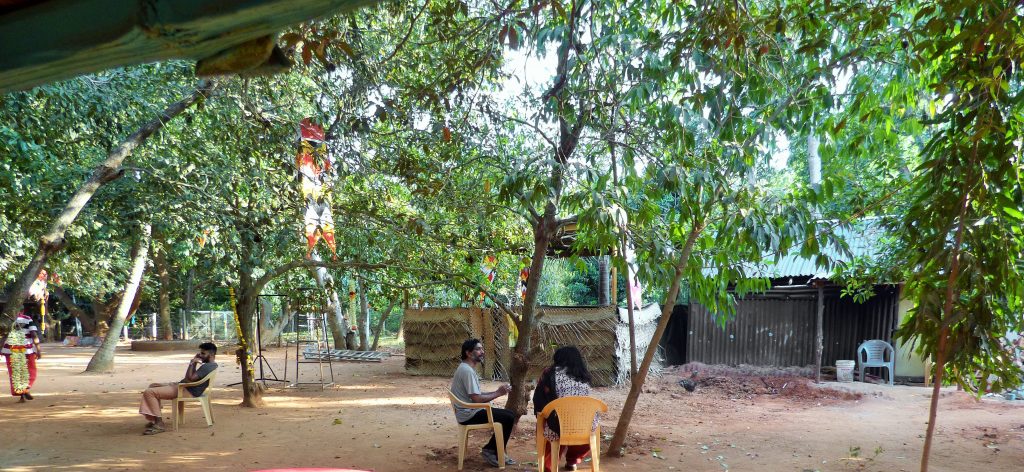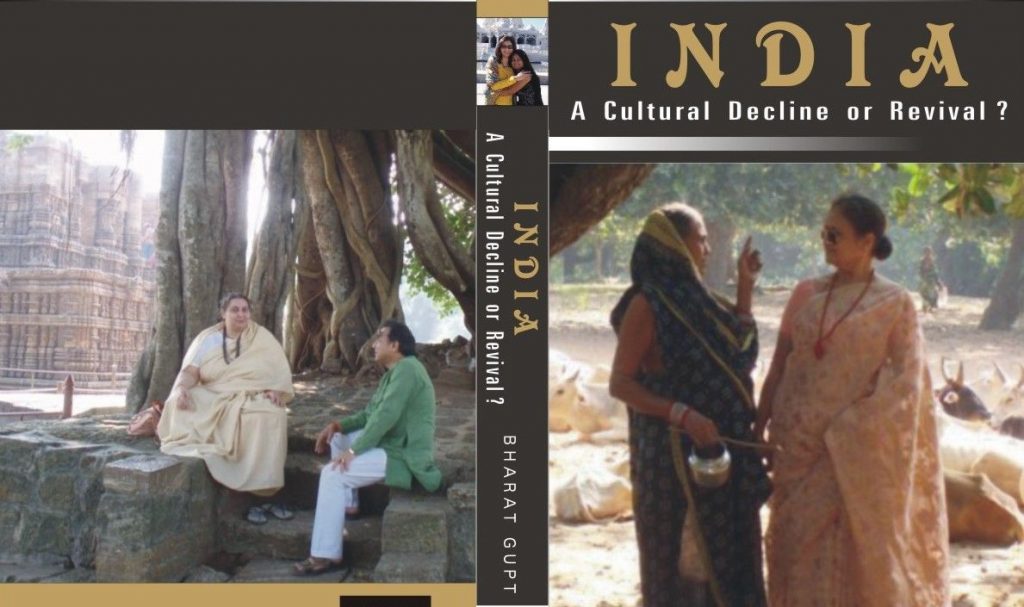Educating the Vital – Art Education for Inner Harmony (Video)
Bindu Popli, an artist and art educator speaks of the significance of art education in helping students develop a greater sense of harmony and inner balance.
Educating the Vital – Art Education for Inner Harmony (Video) Read More »

